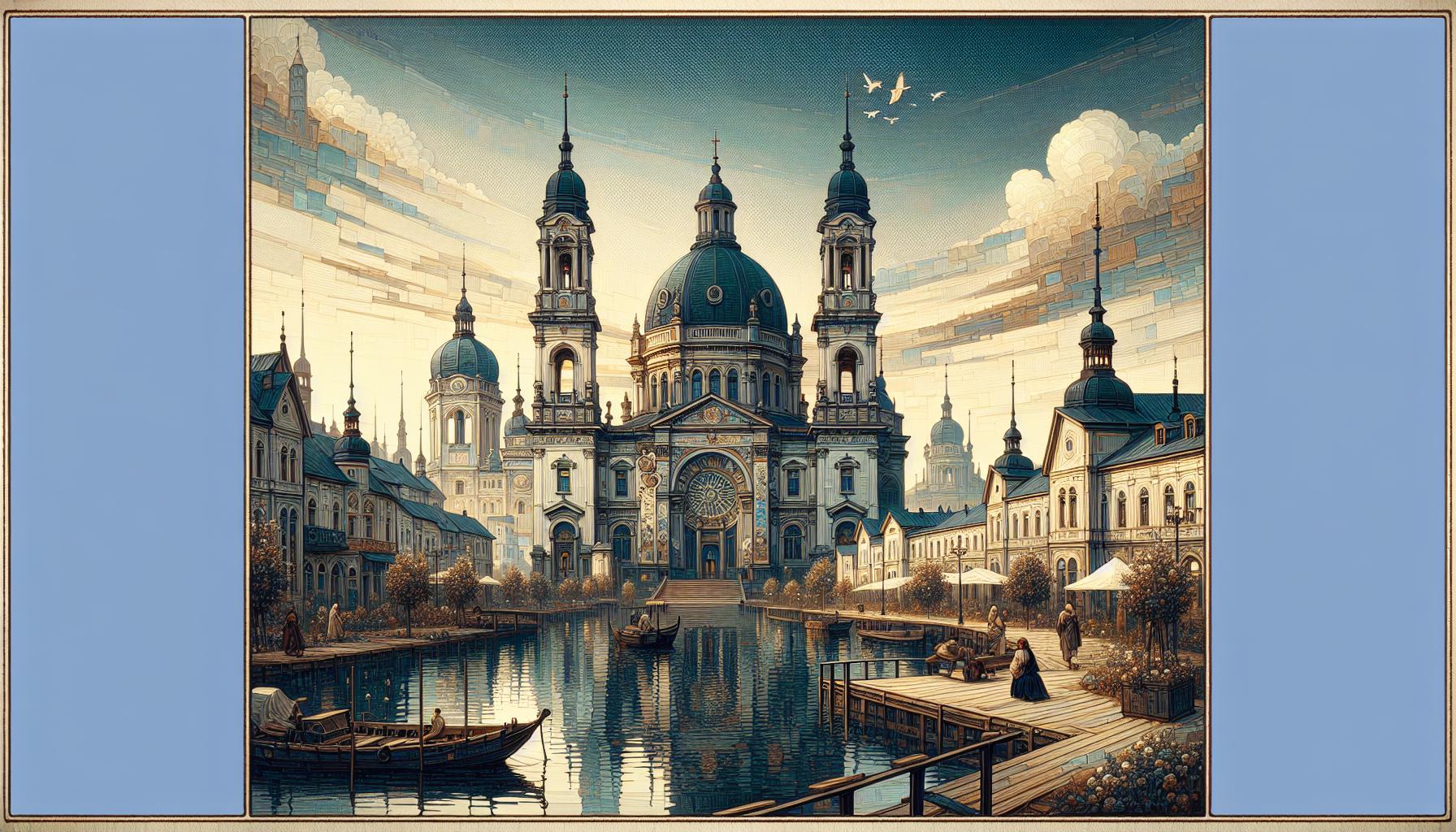The Impact of Frame Styles on Contemporary Art
Discover how minimalist and bold frame styles transform the viewer's perception of contemporary art, enriching the visual dialogue and shaping the art experience beyond its canvas.

The Impact of Frame Styles on Contemporary Art
The intersection of frame styles and contemporary art is often an overlooked dialogue that verges on the artistic itself. The marriage between art and its frame can enhance, obscure, or even transform how an artwork is perceived. This blog post delves into the significant roles frame styles play in presenting contemporary art, focusing primarily on minimalist and bold frames and how each influences the viewer's perception of the artwork.
The silent partner to the canvas, frames serve not only as decorative adjuncts but as essential elements of art presentation. By examining the symbiosis between art and its frame, we gain insights into how contemporary art transcends mere visuality to become an experience.
The Evolution of Contemporary Art and Frame Styles
Contemporary art, characterized by its embrace of diverse mediums and themes, presents a unique challenge when it comes to framing. Gone are the days when frames were mere protective or ornamental additions. As art evolved beyond classical realism to abstract, conceptual, and digital forms, frames had to adapt to these quantum leaps. Today, the act of framing is almost as important as the creation of the art itself. It serves not only as a boundary but also as a bridge between the artwork and its viewer.
While traditional, gilded frames might still be encountered in certain classical settings, contemporary art has largely given way to frame styles that either highlight or disappear altogether. It is within this realm that minimalist and bold frames strike a fascinating balance, each presenting its own methodology and aesthetic clarity.
Minimalist Frames: Simplicity and Subtlety in Art Presentation
Minimalist frames prioritize simplicity, often employing thin, unobtrusive designs in neutral colors. Sometimes, the artwork might even forego a frame altogether to maintain continuity from the art to its display environment. The underlying philosophy here is 'less is more,' encouraging viewers to focus on the artwork without distraction. Minimalist frames become an extension of the art itself, emphasizing the idea that art should not be confined by boundaries but liberated through them. <
Minimalist frames can complement abstract and conceptual art, where the absence of an ornate border allows the viewer's imagination to traverse freely. When presented with art that prioritizes conceptual depth over visual detail, minimalist frames serve as a soft invitation for viewers to engage directly without any visual interference. They echo the sentiments of contemporary minimalism — clean, functional, and profoundly honest — rendering the artwork as the sole protagonist in the visual narrative.
Bold Frames: Making a Statement and Framing the Experience
Conversely, bold frames make a statement, often challenging viewers to consider the frame as an integral part of the artwork. These frames can be thick, colored, textured, or sculpted, providing a deliberate contrast or complement to contemporary works. A bold frame does not just house the artwork; it contextualizes it within a broader narrative, acting almost as a second layer to the artwork itself.
Bold frames can work exceptionally well with pop art, street art, or any contemporary work that rebels against the norm. They act as an extension of the art's voice, amplifying the emotional and thematic cues intended by the artist. Bold frames are not afraid to capture attention first with their design, before yielding the spotlight to the artwork, thus creating a dynamic interplay between the two.

Influencing Perception Through Frame Styles
When we consider art presentation, the role that frame styles play is not just complementary but transformative. The relationship between art and frame affects not just aesthetic appreciation but also how meaning is construed by the viewer. A minimalist frame can lead viewers to interpret an artwork as more ethereal or timeless, while a bold frame might emphasize aspects of tension or emphasis that a minimalist frame might gloss over.
In gallery settings, curators have harnessed these influences to guide art narratives, artfully pairing frames with pieces to elicit desired viewer reactions. For example, the seamless flow of a minimalist frame can complement the fluidity of a digital work, while the audacious presence of a bold frame can mirror the vibrancy of kinetic or interactive art, encouraging active engagement.
Practical Considerations for Artists and Collectors
For artists and collectors, choosing a frame is an act of curation itself. While a frame should ideally enhance an artwork, its selection must consider the art's style, color palette, and emotional weight. For artists, especially those working in unconventional or mixed media, minimalist frames may echo a commitment to the art's purity, whereas a bold frame may signify a celebration of its complexity.
Collectors need to consider their personal and physical space's aesthetic when selecting frames. While galleries often change frames depending on exhibitions, collectors tend to make more permanent selections. A minimalist frame can serve as a versatile choice for spaces where art styles vary, whereas a bold frame might be chosen to draw attention to a favored piece, functioning as both art and decor.
Conclusion: Crafting the Perfect Synergy
Frames are an integral, albeit silent, part of the art world. They contribute a unique layer to the art-viewing experience, influencing perception, guiding interpretation, and shaping the artistic dialogue. Whether leaning towards the simplicity of minimalist frames or the expressive grandeur of bold frames, the choice is a testament to the creator's and curator's artistic vision.
In the broader context of contemporary art, where boundaries are often questioned and redefined, frame styles play a critical role in enhancing the art's narrative. By understanding how these boundaries shape perception, we enrich our connection with the artwork and, in turn, elevate our understanding of art itself. As stewards of artistic vision, the choices we make in presenting art through frames are reflective of our aspirations for that art in the world.
